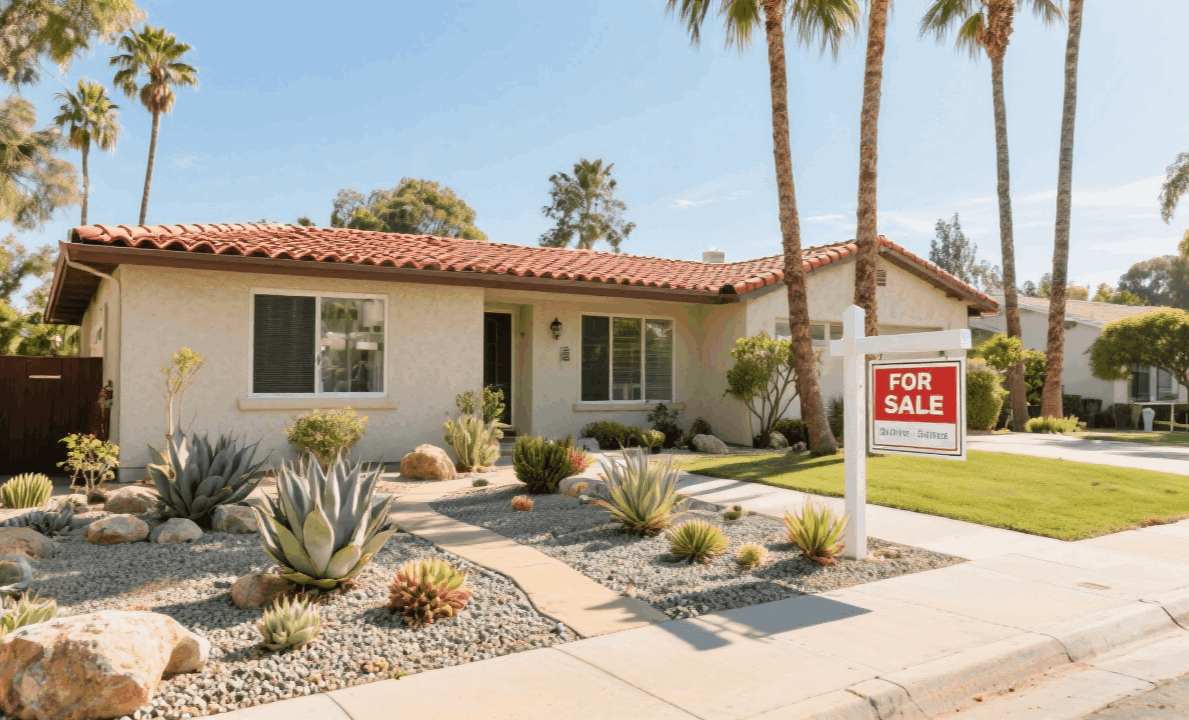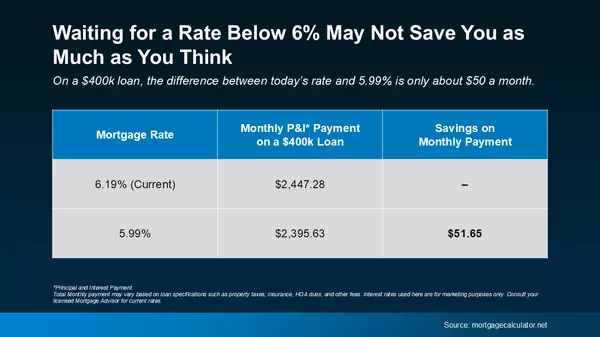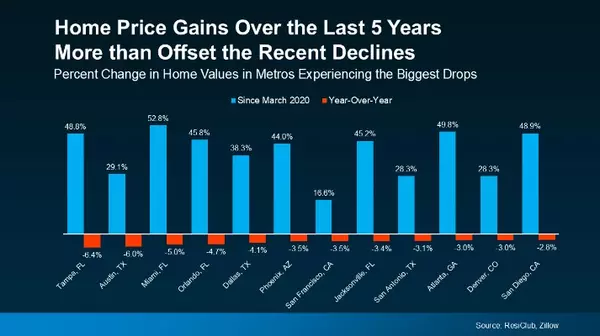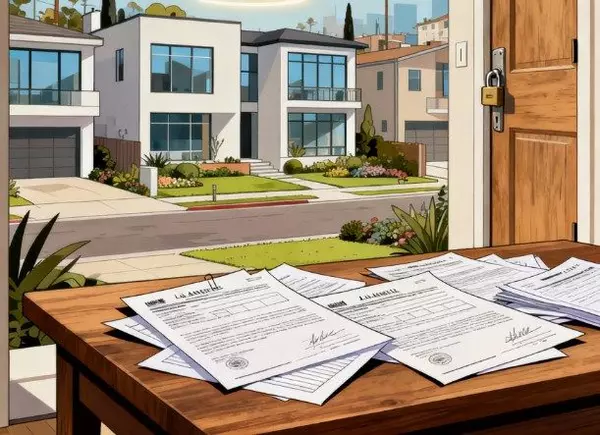Should You Sell Your Home As-Is or Invest in Improvements?
Should You Sell Your Home As-Is or Invest in Improvements? A Comprehensive Guide

When it comes time to sell your home, one of the most important decisions you’ll face is whether to list it “as is” or invest in repairs and upgrades before putting it on the market. This choice can significantly impact your bottom line, the speed of your sale, and the type of buyers you attract. Let’s explore the pros and cons from multiple angles, including the perspectives of both the average homeowner and real estate investors.
Days on Market & Time to Carry
For the average homeowner, selling as-is can be tempting—no need to deal with contractors, project management, or upfront costs. However, homes sold as-is often appeal to a narrower pool of buyers, such as investors or bargain hunters, which can result in longer days on market. The longer your home sits unsold, the more you’ll pay in carrying costs like mortgage payments, property taxes, insurance, and utilities. These costs can add up quickly, eating into your potential profit.
In contrast, homes that are move-in ready tend to attract more buyers, including families and first-time homeowners who want a hassle-free purchase. These homes often sell faster, reducing your time to carry and the stress of an extended sale process.
Investment Costs & Return on Investment (ROI)
Not all improvements are created equal. For the average homeowner, small cosmetic fixes—like fresh paint, updated lighting, landscaping, and minor repairs—often provide the best return on investment. These updates can make your home more appealing without requiring a significant financial outlay. According to industry data, projects like painting or replacing outdated fixtures can yield a high ROI, sometimes recouping 80-100% of their cost at sale.
Major renovations, such as kitchen remodels or new roofs, are more expensive and may not always pay off. While they can make your home more attractive, the cost may outweigh the increase in sale price, especially if the market is slow or if buyers are looking for deals.
For investors, the calculation is different. Investors often purchase properties at a significant discount, specifically because they need work. Their goal is to buy low, renovate efficiently, and sell high—a process known as “flipping.” Investors are experts at identifying which improvements will maximize resale value and are often able to complete renovations at a lower cost due to experience and contractor relationships. For them, investing in improvements is essential to their business model, and they’re willing to take on more risk for the potential of a higher reward.
Buyer Expectations & Market Conditions
Market conditions play a huge role in your decision. In a seller’s market, where demand outpaces supply, buyers may be willing to overlook flaws and bid up prices, making an as-is sale more attractive. In a buyer’s market, where inventory is high, updated homes stand out and command higher offers, while as-is properties may languish.
The type of buyer you’re targeting also matters. The average homeowner is likely to attract families, first-time buyers, or people looking for a primary residence—buyers who typically want a move-in ready home. Investors, on the other hand, are looking for properties they can purchase below market value, renovate, and resell or rent out.
Your Personal Situation
Your personal circumstances are just as important as market factors. If you need to sell quickly—due to a job relocation, inheritance, divorce, or financial hardship—selling as-is may be the best option, even if it means accepting a lower price. If you have time and resources, making strategic improvements can help you maximize your profit.
The Investor’s Perspective
For investors, the as-is market is an opportunity. They look for homes that need work, negotiate aggressively on price, and have the skills and resources to renovate efficiently. Their profit comes from the spread between the purchase price, renovation costs, and the final sale price. Investors are less concerned with days on market, as they often have systems in place to turn properties quickly.
The Average Homeowner’s Perspective
For most homeowners, the goal is to get the best possible price with the least hassle. Small, high-impact improvements can make a big difference in how quickly your home sells and for how much. However, taking on major renovations right before selling is usually not recommended unless the home is in such poor condition that it won’t sell otherwise.
The Bottom Line
There’s no universal answer. If your home only needs minor cosmetic updates, investing in improvements can shorten your days on market and boost your sale price. For homes needing major repairs, or if you need to sell quickly, an as-is sale may be more practical. Investors thrive in the as-is market, while the average homeowner is usually better off making modest updates.
Weigh the costs, potential returns, and your own timeline to make the best decision for your situation. Consulting with a local real estate agent can help you tailor your strategy to current market conditions and buyer expectations.
Categories
Recent Posts










GET MORE INFORMATION

